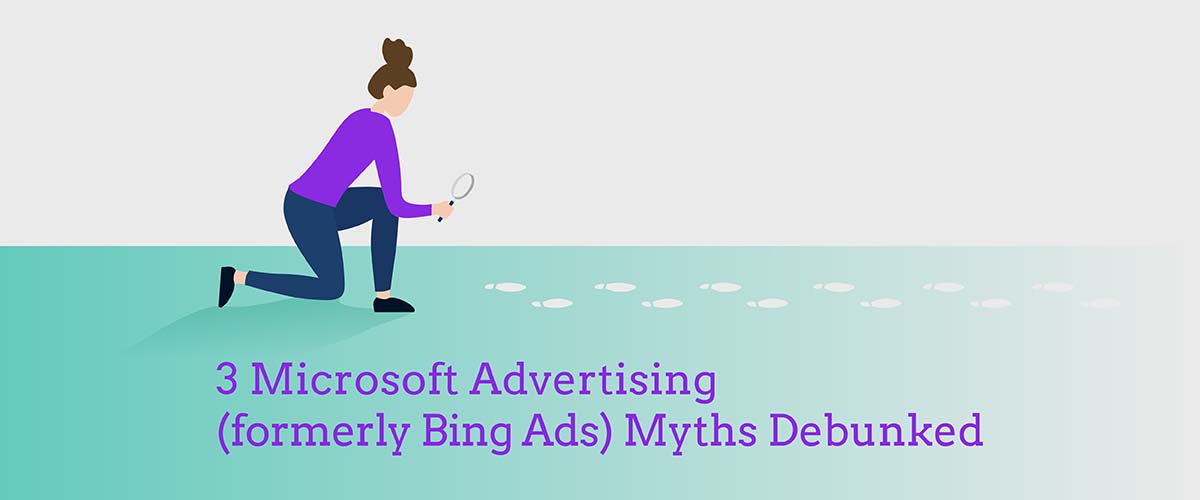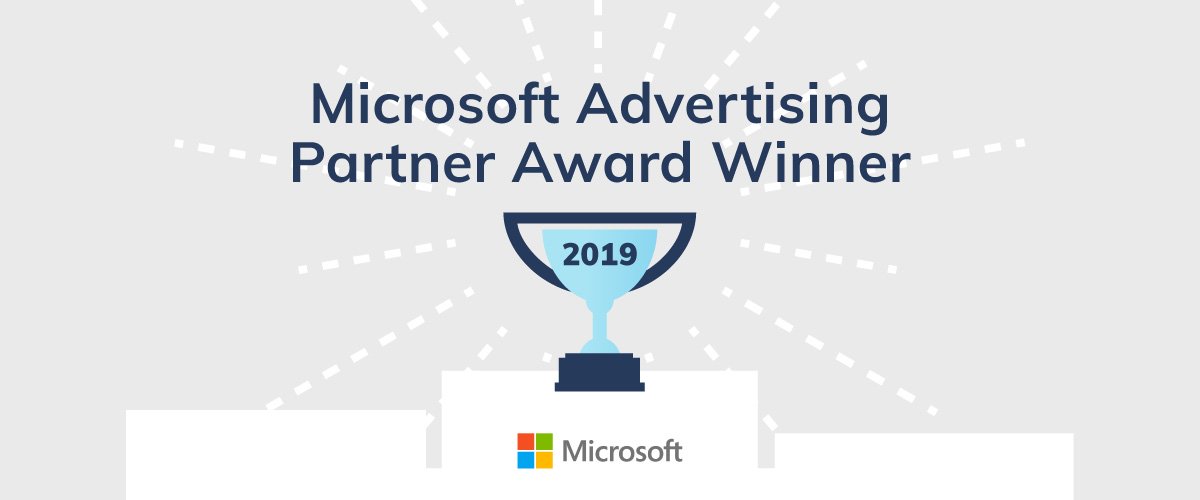Microsoft Ads (formerly known as Bing Ads) is an excellent, yet often underestimated search engine marketing platform. While the majority of PPC ad dollars are being funneled to Google, there is a wealth of opportunity just waiting to be capitalized on by businesses of all sizes and industries.
By ignoring the opportunity Microsoft Ads can bring your business, you are losing out on 30% of the overall search market. That translates to 6 billion monthly searches, 66 million of which are desktop searches you can’t reach on Google. If you’re ready to grow your advertising efforts, expand into additional marketing channels for your business with Microsoft Advertising.
In case you need further proof of Microsoft Advertising’s ability to provide real results, here are three common misconceptions set straight.
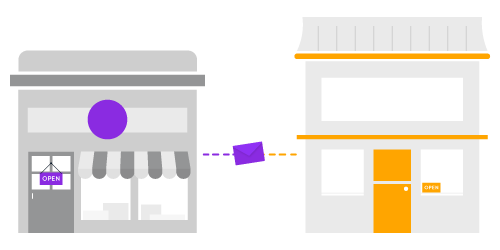
Myth #1: Ads on Bing only work for B2B
Whereas Google Ads is seemingly appropriate for businesses of all kinds, there appears to be a stigma when it comes to Microsoft Advertising. For some reason, people are under the impression that only B2B ads perform well on Microsoft Advertising. This idea is entirely untrue, because B2B, B2C, lead gen, and all other types of business and entities run successful PPC ad campaigns through Microsoft Advertising.
Have a ROAS goal and sell products directly from your website? Implementing shopping ads on the Bing Shopping Network is a lucrative campaign channel you can leverage with Microsoft Advertising. These shopping campaigns can be optimized for increasing profitability and growth, making them a great option for e-commerce businesses.
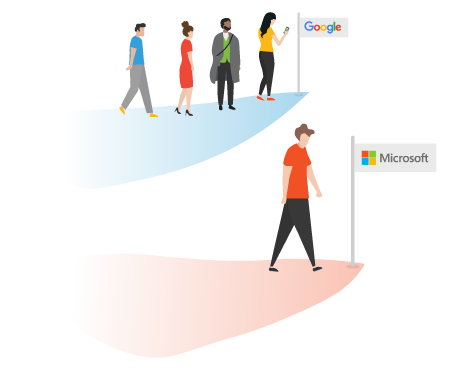
Myth #2: No one sees Microsoft Ads
The idea that nobody utilizes the Bing search engine platform is outright incorrect. While their numbers aren’t quite as high as Google, Microsoft has been steadily growing over the past few years and now accounts for 35% of all search traffic in the US. On the demographics side of things, only 17% of Bing search engine users are 65 or older, while individuals from 35-54 years old make up nearly 40% of traffic, according to Microsoft’s latest stats. Moreover, Microsoft Advertising’s ability to serve ads on Xbox game consoles provides an ever-growing opportunity to increase their younger demographic numbers.
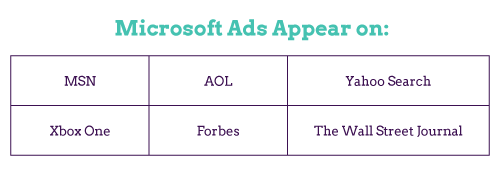
Microsoft has been steadily growing over the past few years and now accounts for 35% of all search traffic in the US.

Myth #3: Microsoft doesn’t support Remarketing Ads
Because of their effectiveness, businesses of all types have been running remarketing ads to more efficiently serve ads to potential customers. But, contrary to what some may believe, this ad type isn’t a Google Ads exclusive. In fact, Microsoft Advertising users can make use of RLSAs (Remarketing Lists for Search Ads) to draw past traffic back to your website. A UET tag (Universal Event Tracking) is placed across your website, creating remarketing lists based on your visitors’ web page activity. Additionally, the platform is pilot testing new audience-based ad formats that would allow dynamic product remarketing ads.
Track your success every step of the way
Microsoft Advertising can be integrated with a call tracking provider like CallRail for data collection. By utilizing auto-tagging, Google Analytics will be able to read the performance of your Microsoft Advertising campaigns and allow you to track user behavior there. To learn more about how your digital marketing strategy could be improved through Microsoft Advertising, schedule a free consultation with an expert at Logical Position today!

Logical Position, an Inc. 500 digital agency supporting 5,000+ clients across North America. LP is the proud recipient of Google’s Lead Generation Premier Partner of the Year and Microsoft's Global Channel Partner of the Year 2024! The award-winning agency offers full-service PPC management, SEO, Paid Social, Amazon and Creative Services for businesses large and small. As a Google Premier Partner, Microsoft Elite Partner & Meta Business Partner, LP is in the top 1% of ad spend managed across platforms.
